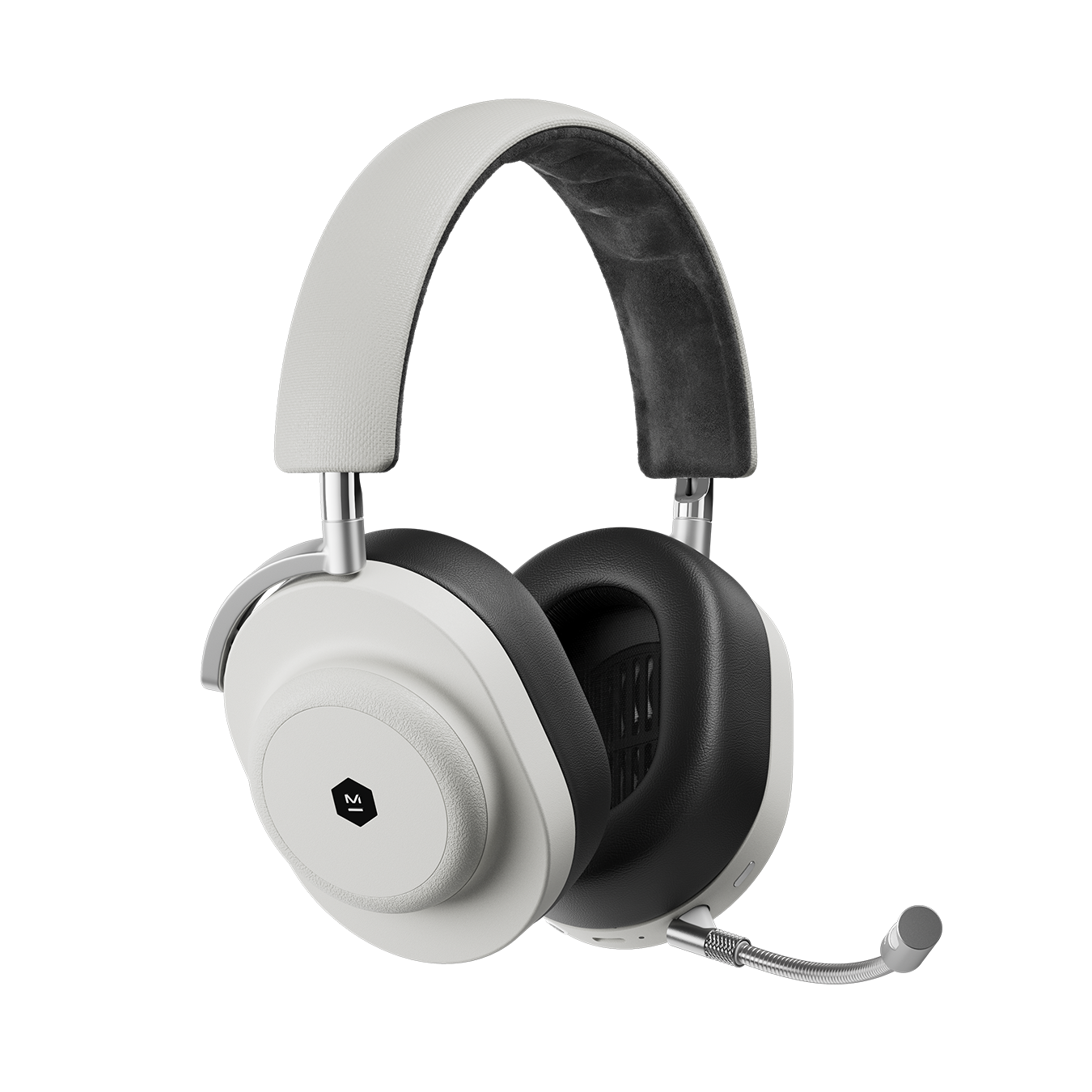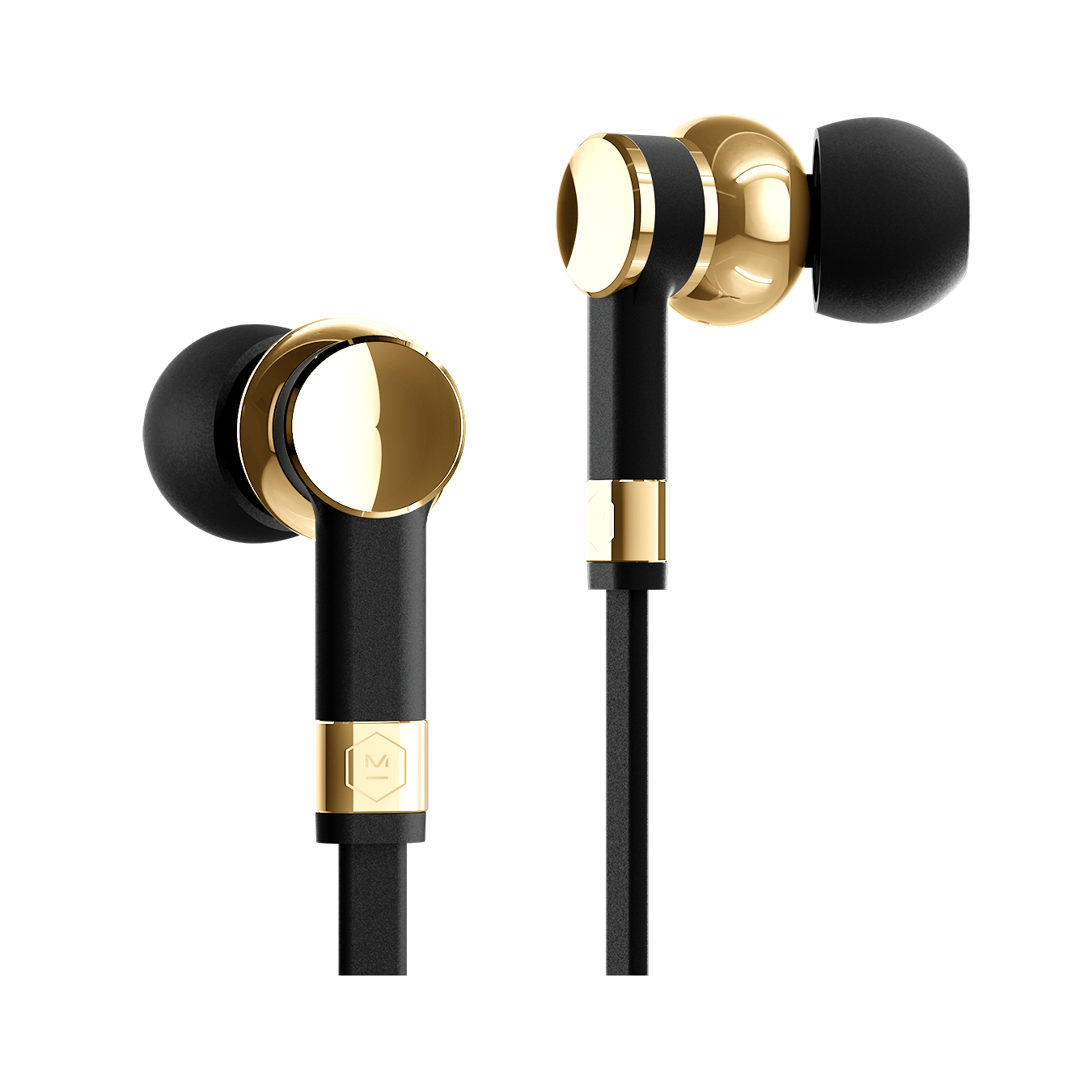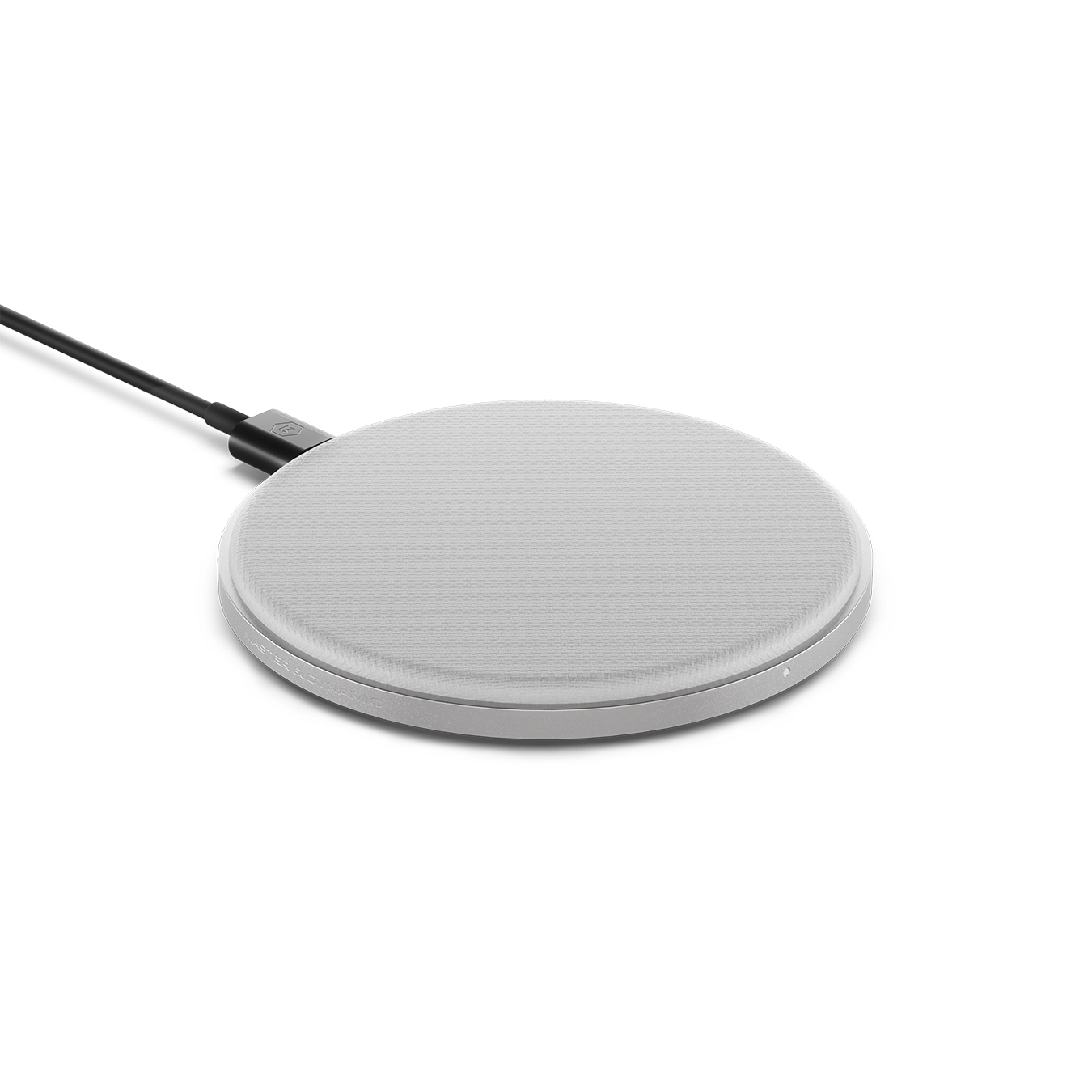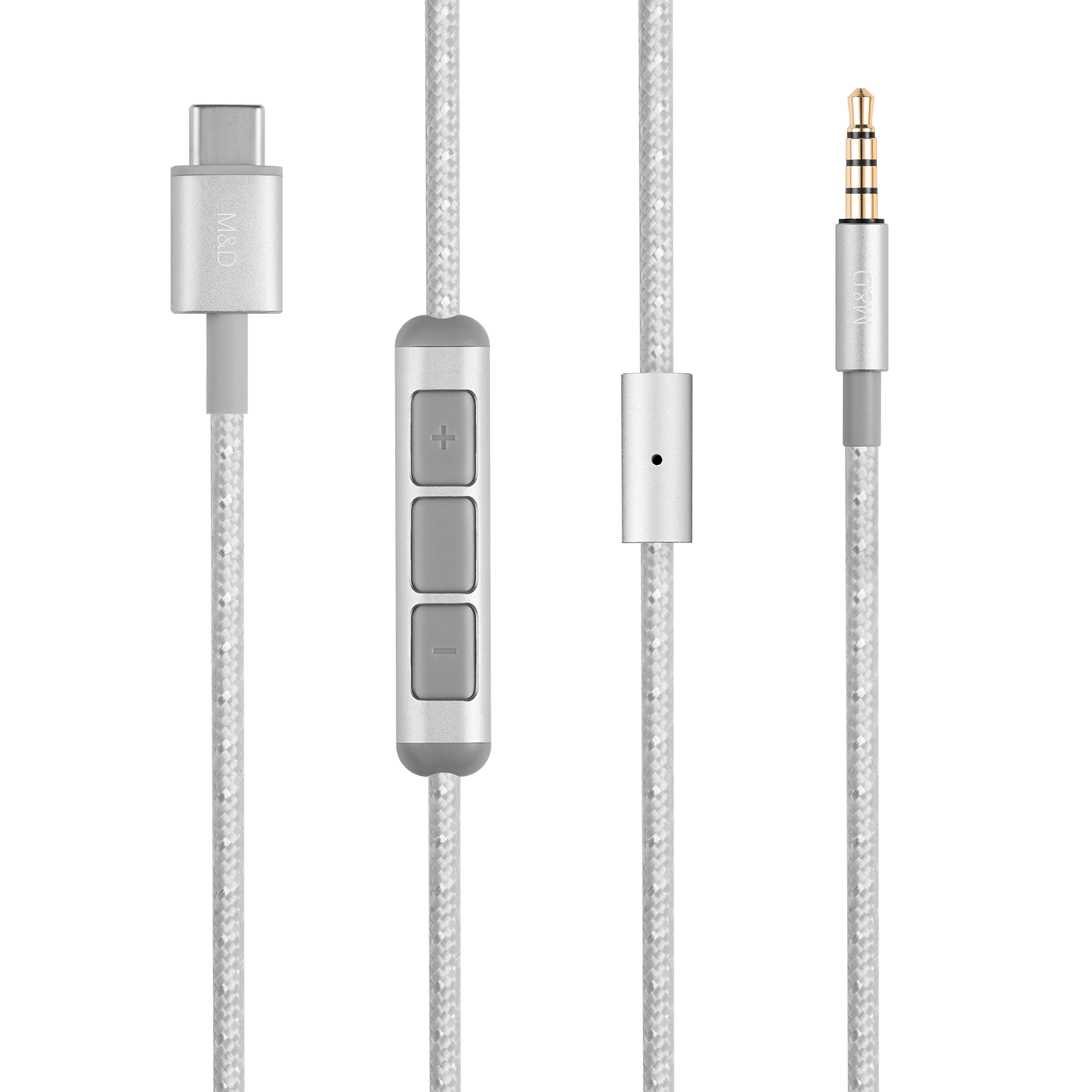We were curious to find out why, and so we spoke with Dr. Eric Kandel, whose latest book Reductionism in Art and Brain Science, which deals mainly with the abstract expressionists of the twentieth century, touches on visual perception and the emotional responses to abstract art. It's interesting to note that Dr. Kandel is not an art historian, but a neuroscientist.
"[Abstract expressionists] function quite a bit like scientists," says Dr. Kandel, "in that they use investigative approaches—reductionist approaches—in their art. Almost all of them begin as figurative artists, and then move toward abstract art by playing with different forms and combinations of ideas until they get what they want."
That is, abstract expressionists break down complicated images into their simplest forms: color, light, line, texture. As a brain scientist, Dr. Kandel has functioned in a similar way, by studying sea snails—a simpler life form—to better understand the human brain.
So what does this have to do with the way the viewer interprets abstract art?
"We need to exercise our imagination much more with abstract art," Dr. Kandel says. "We have to fill in the details, and each one of us fills it in in a slightly different way. So people respond in a greater variety of ways to abstract art than they do to figurative art. They have to use their imagination more."
So in other words, not only does the artist use reductionism in breaking down an image, but the viewer has to employ that same reductionist approach by taking those baser elements of an abstract painting and building them back up into something he or she can understand.
"That's right," says Dr. Kandel.
We ask the neuroscientist if this means people have to work harder when viewing abstract art than when viewing figurative art.
"Yes," says Dr. Kandel. "Our neural circuitry is hardwired to prefer images we can identify, which makes abstract forms more difficult to process. At the same time, abstract forms leave the door open to interpretation, stimulating the higher-level areas of the brain responsible for creativity and imagination."
He goes on to explain that this is why viewing abstract art can actually be more rewarding to the viewer. "[When] they're forced to use their own imagination, people find that very rewarding. When you generate your own idea, no matter how lousy the idea is, there is great satisfaction in creating and using one's own mind to come up with it."
So the next time you find yourself in an art museum, spend a little more time with the abstract art. Your brain may need to work a little harder to come up with an interpretation of what you're seeing, but in the end, you could also find it more rewarding.


















